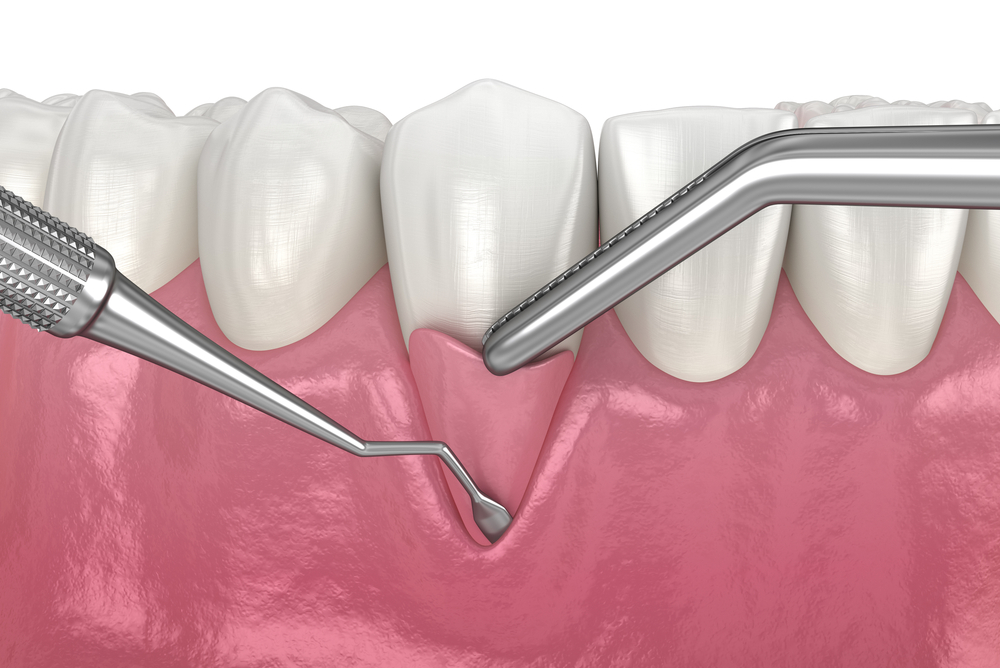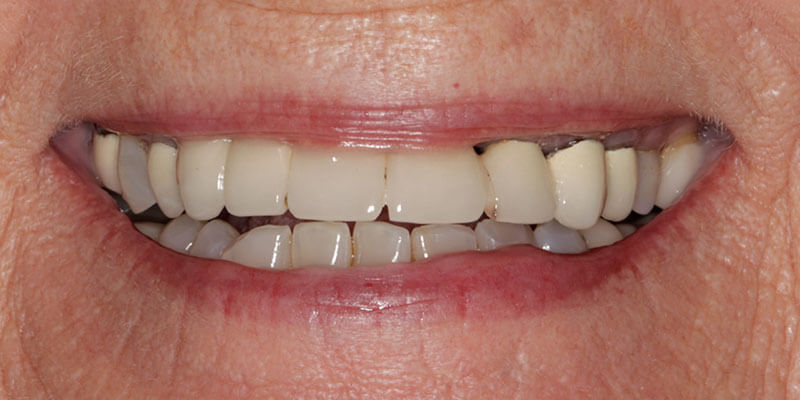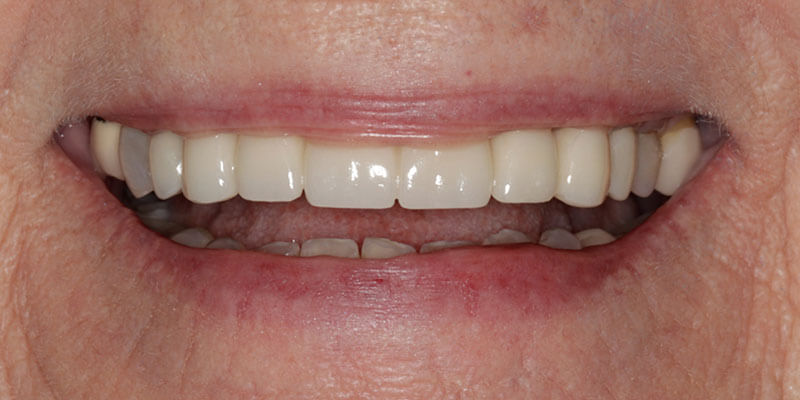Precision Gum Care with Dr. Kneib
Gum recession compromises oral health and dental function, creating potential long-term risks beyond cosmetic concerns. At Broadway Dentistry, Dr. Jared Kneib addresses these challenges through sophisticated gum grafting procedures designed to halt recession, protect tooth roots, and restore periodontal integrity. Our approach combines advanced surgical techniques with personalized patient care, ensuring comprehensive treatment that addresses individual clinical needs.
Dr. Kneib serves patients from Timberville, New Market, and Harrisonburg in our Broadway, VA dental office. Take the first step toward optimal gum health by calling (540) 896-8151 to schedule your consultation.
What is Gum Grafting?
Gum grafting is a periodontal surgical procedure that repairs receding gums by adding new tissue to areas where the gums have worn away. Dr. Kneib performs this delicate procedure to cover exposed tooth roots, reduce sensitivity, and prevent further gum recession.
The new tissue typically comes from the roof of your mouth or nearby healthy gum tissue, creating a natural-looking result that blends seamlessly with your existing gums.
When is Gum Grafting Needed?
Several factors can lead to the need for gum grafting. Residents of Broadway, VA often seek Dr. Kneib’s help when experiencing:
- Aggressive tooth brushing that has worn down gum tissue
- Genetic predisposition to thin or weak gums
- Periodontal disease causing gum recession
- Misaligned teeth creating uneven pressure on gums
- Age-related gum recession
- Hormonal changes affecting gum health
Early intervention is crucial. If you notice your teeth appearing longer than usual or experience increased sensitivity, scheduling a consultation at Broadway Dentistry could prevent more serious complications.

Gum Grafting Process
Dr. Jared Kneib follows a meticulous approach to gum grafting, prioritizing effectiveness and patient comfort. The process typically involves:
- Comprehensive Evaluation: Dr. Kneib examines your gums and discusses your needs, creating a detailed treatment plan.
- Preparation: The affected area is cleaned and numbed using local anesthesia to maintain your comfort throughout the procedure.
- Tissue Collection: Depending on your case, Dr. Kneib will either collect tissue from the roof of your mouth or use donor tissue.
- Grafting: The new tissue is carefully positioned and sutured over the exposed root area.
- Final Steps: The surgical site is protected with a special dressing to promote healing.
At our dental office in Broadway, VA, each step is performed with precision and care to achieve optimal results.
Gum Grafting Recovery
Recovery from gum grafting typically takes two to three weeks. During this time, patients should:
- Follow a soft food diet for the first week
- Avoid brushing or flossing the treated area until cleared by Dr. Kneib
- Use prescribed antimicrobial mouthwash
- Take any prescribed medications as directed
- Apply ice packs to reduce swelling
- Rest and limit strenuous activities for a few days
Dr. Kneib provides detailed post-operative instructions and schedules regular follow-up appointments to monitor your healing progress.
Frequently Asked Questions
A typical gum grafting procedure takes between one to two hours to complete. This timeframe accounts for the initial preparation, administration of anesthesia, tissue harvesting (if using your own tissue), the grafting process, and final suturing. If multiple areas need grafting, the procedure might take longer. The exact duration depends on factors like the size of the treatment area and the type of graft being performed.
During the procedure, you’ll receive local anesthesia to completely numb the areas being treated, so you won’t feel any pain. After the procedure, mild to moderate discomfort is normal for the first few days. Most patients describe it as similar to a small burn or scrape in the mouth. Pain medication will be prescribed to manage any post-operative discomfort.
The donor site (if tissue is taken from your palate) might be slightly more uncomfortable than the graft site initially, but this typically improves within a week. Cold compresses and following post-operative instructions can significantly reduce discomfort during recovery.
The cost of gum grafting varies widely based on several factors, including:
- Number of teeth requiring treatment
- Type of graft being performed (connective tissue, free gingival, or donor tissue)
- Geographic location and local market rates
- Whether additional procedures are needed
Most dental insurance plans cover at least a portion of gum grafting when deemed medically necessary. Many dental offices offer payment plans, and financing options, or accept CareCredit to help make the procedure more affordable.
Once gums have receded, they cannot naturally grow back to their original position. While good oral hygiene can help prevent further recession, it cannot reverse existing damage. In mild cases, deep cleaning and improved oral care might help strengthen the remaining gum tissue, but established recession requires grafting to restore lost tissue.
This is because gum tissue cannot regenerate independently once it has worn away or been damaged.

